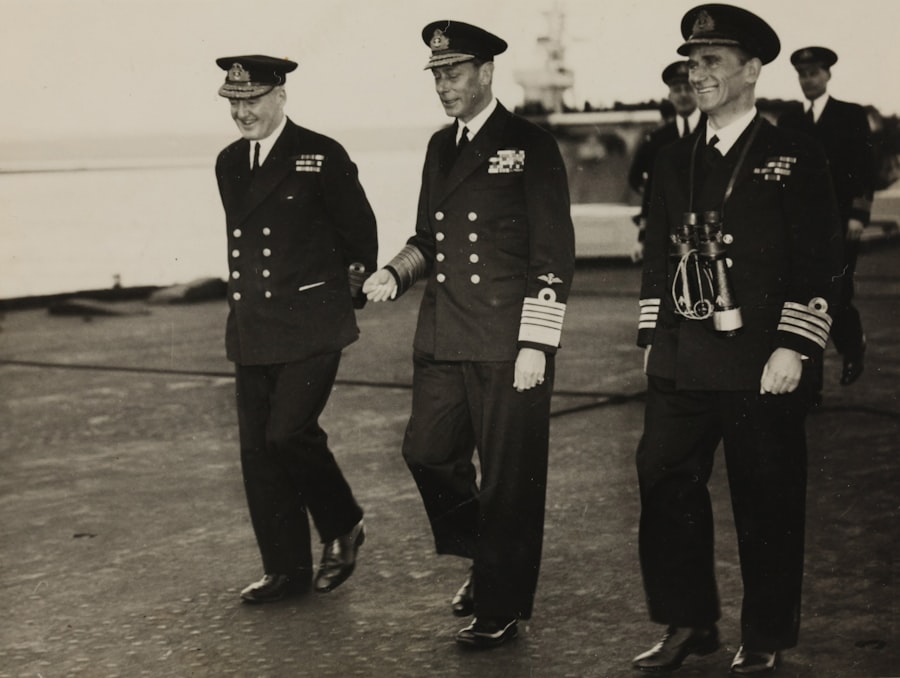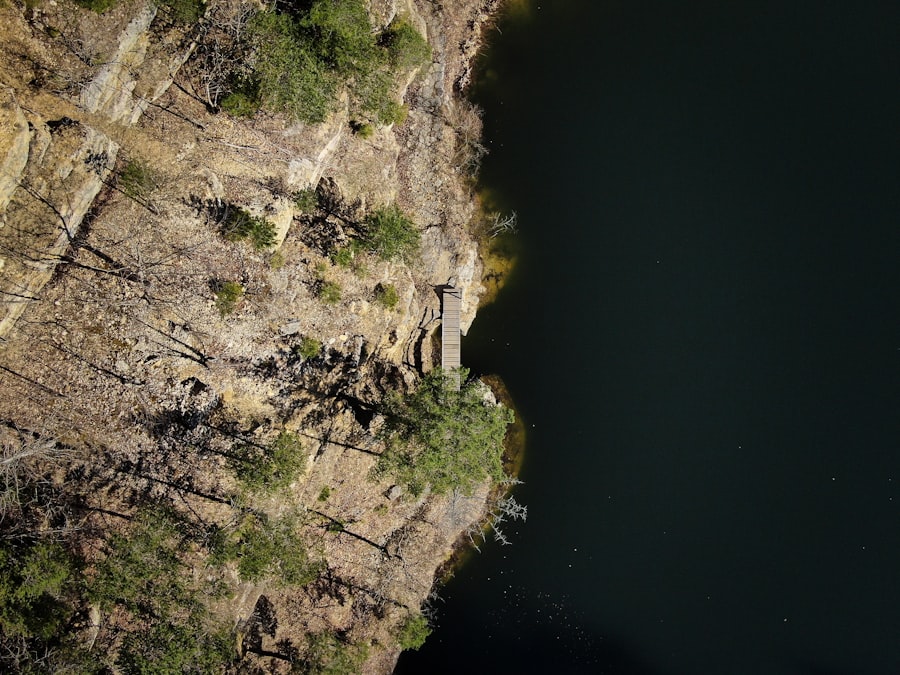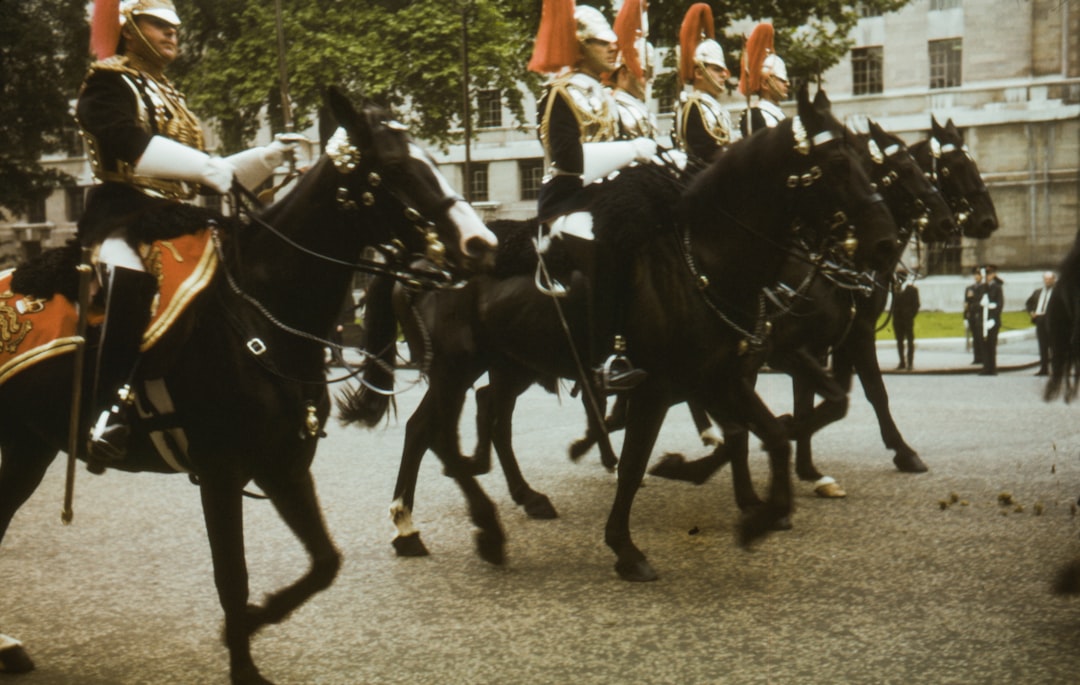The emergence of nation-states in Europe during the late Middle Ages and early modern period marked a significant transformation in the political landscape of the continent. This evolution was characterized by the gradual consolidation of power within defined territorial boundaries, leading to the establishment of centralized governments that could exert authority over their populations. The decline of feudalism played a crucial role in this process, as local lords and vassals lost their grip on power, paving the way for stronger monarchies.
The Hundred Years’ War (1337-1453) between England and France exemplified this shift, as both nations sought to unify their territories and assert their sovereignty against external threats. The war not only fostered a sense of national identity but also encouraged the development of more organized military forces, which were essential for maintaining control over larger areas. As the concept of the nation-state took root, various factors contributed to its rise.
The Renaissance, with its emphasis on humanism and individualism, encouraged a sense of national pride and cultural identity. Intellectual movements during this period, such as the Reformation, further fueled the desire for self-governance and autonomy from external religious authorities. The Peace of Westphalia in 1648, which ended the Thirty Years’ War, is often cited as a pivotal moment in the establishment of the modern state system.
It recognized the principle of state sovereignty, allowing nations to govern themselves without interference from outside powers. This shift laid the groundwork for the contemporary international order, where nation-states are recognized as the primary actors in global politics.
Key Takeaways
- The rise of nation-states in Europe was driven by the desire for centralized power and cultural unity, leading to the formation of distinct political entities.
- Monarchs and nobility played a crucial role in shaping European states by consolidating power, establishing laws, and maintaining social order.
- Religious and political conflicts had a significant impact on the formation of European states, leading to territorial changes and the establishment of new political boundaries.
- The development of bureaucracy and administrative systems in early modern Europe was essential for the efficient governance and management of growing states.
- Economic factors, such as trade and taxation, played a key role in the birth of the European state, influencing its growth and stability.
- The legacy of early modern European state-building continues to shape modern politics and governance, influencing concepts of sovereignty, citizenship, and national identity.
The Role of Monarchs and Nobility in Shaping European States
Monarchs and nobility played a central role in shaping the political landscape of early modern Europe. Kings and queens often sought to consolidate their power by diminishing the influence of the nobility, who had traditionally held significant sway over local governance. This struggle for power was evident in various European kingdoms, where monarchs employed strategies such as marriage alliances, military conquests, and legal reforms to strengthen their authority.
For instance, Louis XIV of France epitomized absolute monarchy; he centralized power in his own hands and famously declared, “L’état, c’est moi” (“I am the state”). His reign saw the construction of the opulent Palace of Versailles, which served not only as a royal residence but also as a tool for controlling the nobility by inviting them to live at court and participate in elaborate rituals that reinforced his dominance. The nobility, while often seen as a challenge to royal authority, also played a crucial role in state-building.
In many regions, they acted as local administrators and military leaders, providing essential services to their communities. However, as monarchs sought to centralize power, they often co-opted or marginalized noble influence. The Habsburgs in Austria, for example, utilized strategic marriages to expand their empire while simultaneously integrating local nobility into their administration.
This dual approach allowed them to maintain control over vast territories while ensuring that local elites remained loyal to the crown. The relationship between monarchs and nobility was thus complex; while they were often rivals for power, they also relied on one another to maintain stability and governance within their realms.
The Impact of Religious and Political Conflicts on the Formation of European States

Religious conflicts significantly influenced the formation of European states during the early modern period. The Protestant Reformation, initiated by figures such as Martin Luther in 1517, challenged the authority of the Catholic Church and led to widespread religious upheaval across Europe. This schism not only fragmented religious unity but also had profound political implications.
Rulers who embraced Protestantism often sought to assert their independence from papal authority, using religion as a means to consolidate power and promote national identity. For example, Henry VIII’s break with Rome in the 1530s was driven by both personal motives and political calculations; by establishing the Church of England, he not only secured his divorce but also reinforced his authority over religious matters within his realm. The resulting conflicts between Catholic and Protestant states further shaped the political landscape of Europe.
The Thirty Years’ War (1618-1648) exemplified how religious strife could escalate into broader political struggles, involving multiple nations and leading to devastating consequences. The war began as a conflict between Protestant and Catholic states within the Holy Roman Empire but eventually drew in external powers such as France and Sweden. The Peace of Westphalia that concluded this conflict not only marked a turning point in religious tolerance but also established a new political order based on state sovereignty.
This shift allowed rulers to determine their own religious affiliations without interference from external authorities, thereby solidifying the concept of nation-states as entities defined by both territorial boundaries and cultural identities.
The Development of Bureaucracy and Administrative Systems in Early Modern Europe
The rise of nation-states necessitated the development of bureaucratic structures capable of managing increasingly complex societies. As monarchs sought to centralize power and exert control over their territories, they established administrative systems that could efficiently collect taxes, enforce laws, and maintain order. This transition from feudal governance to centralized administration was marked by the creation of professional bureaucracies staffed by educated officials who were loyal to the crown rather than local lords.
In France, for instance, Cardinal Richelieu implemented reforms that strengthened royal authority by creating a centralized administrative system that reduced noble power and increased state efficiency. The establishment of bureaucratic institutions was not uniform across Europe; different regions adopted varying approaches based on their unique historical contexts.
The English Civil War (1642-1651) highlighted tensions between monarchy and emerging parliamentary authority, ultimately leading to a temporary republican government under Oliver Cromwell. This period underscored the importance of administrative systems that could adapt to changing political dynamics while maintaining stability within the state.
The Influence of Economic Factors on the Birth of the European State
Economic factors played a pivotal role in shaping the emergence of nation-states in Europe during the early modern period. The expansion of trade networks and the rise of mercantilism transformed economies from agrarian-based systems to more complex commercial enterprises. As nations sought to enhance their wealth and power through trade, they began to establish colonies and engage in overseas exploration.
This economic expansion necessitated stronger centralized governments capable of regulating trade, collecting taxes, and managing resources effectively. Spain’s wealth from its colonies in the Americas exemplified how economic interests could drive state-building efforts; the influx of gold and silver allowed Spanish monarchs to finance military campaigns and assert their dominance across Europe. Moreover, economic competition among emerging nation-states fueled conflicts that further solidified their identities.
The rivalry between England and France during the 17th century was not only rooted in territorial disputes but also in competition for trade routes and colonial possessions. The Navigation Acts enacted by England aimed to restrict trade with foreign nations, thereby bolstering its own economy while undermining rivals like France and the Dutch Republic. This economic rivalry contributed to a sense of national identity as citizens rallied around their respective states’ interests.
As states became more intertwined with economic imperatives, they increasingly viewed themselves as entities defined not only by territorial boundaries but also by economic strength and prosperity.
The Legacy of Early Modern European State-building for Modern Politics and Governance

The processes that shaped early modern European state-building have left an indelible mark on contemporary politics and governance structures worldwide. The principles established during this period—such as state sovereignty, centralized authority, and bureaucratic administration—continue to underpin modern political systems. The concept of nation-states as primary actors in international relations emerged from these historical developments, influencing how countries interact on the global stage today.
The legacy of treaties like Westphalia is evident in contemporary discussions about national sovereignty versus global governance, highlighting ongoing tensions between state autonomy and international cooperation. Furthermore, early modern state-building laid the groundwork for modern democratic practices. The struggles between monarchs and emerging parliamentary systems during this period contributed to evolving notions of representation and accountability that resonate in today’s political discourse.
The English Civil War’s legacy can be seen in contemporary debates about civil liberties and government authority; citizens continue to grapple with questions about the balance between state power and individual rights. As nations navigate complex global challenges—such as climate change, migration, and economic inequality—the historical lessons learned from early modern Europe remain relevant in shaping governance models that seek to balance national interests with collective global responsibilities.
In a related article discussing challenges to civilization, state, and society, the concept of communalism, secularism, and nationalism is explored in depth. This article delves into the complexities of these ideologies and their impact on the formation and development of modern states. To learn more about the intricate relationship between power, politics, and societal structures, check out this insightful article.
FAQs
What is the early modern era in European history?
The early modern era in European history is generally considered to be the period from the late 15th century to the late 18th century. It is characterized by significant political, social, and cultural changes, including the rise of nation-states, the spread of Renaissance humanism, and the beginning of the Enlightenment.
What is the significance of the birth of the European state in the early modern era?
The birth of the European state in the early modern era marked a significant shift in political organization and power dynamics. It led to the consolidation of centralized authority, the establishment of standing armies, and the development of bureaucratic administrative systems. This laid the foundation for the modern nation-state.
How did the power dynamics change in the early modern era?
In the early modern era, the power dynamics in Europe shifted from feudalism and decentralized authority to centralized monarchies and nation-states. This was accompanied by the decline of the feudal nobility and the rise of professional bureaucracies and standing armies.
What were the key political developments in the early modern era?
Key political developments in the early modern era included the rise of absolute monarchies, the emergence of constitutionalism and the rule of law, and the development of diplomatic relations between European states. These developments laid the groundwork for the modern political system.
How did the birth of the European state impact European society and culture?
The birth of the European state in the early modern era had a profound impact on European society and culture. It led to the formation of national identities, the standardization of languages, and the promotion of national cultures. It also contributed to the growth of trade, exploration, and the spread of ideas and knowledge.






















+ There are no comments
Add yours